
Achievements in 2019 provide strong foundation for year ahead
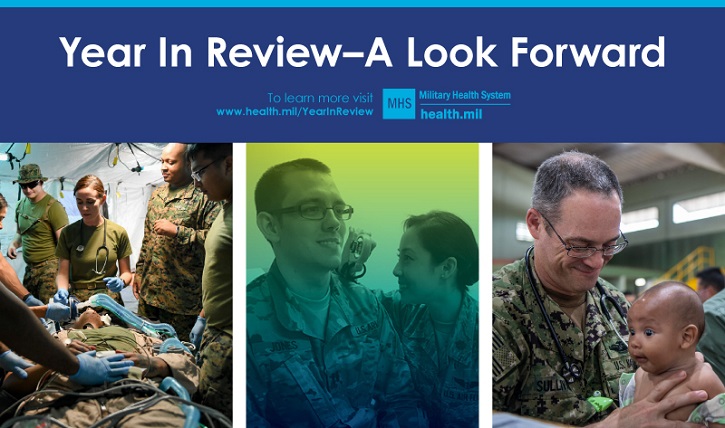
A Year in Review: Year of Military Health 2019
2019 was nothing less than historic for the Military Health System. In the midst of one of the largest organizational transformations in the U.S. military, medical forces continued raising the bar to advance health care outcomes for patients and increase readiness levels in support of military operations around the world.
During his Dec. 5 remarks at the 2019 annual meeting of the Society of Federal Health Professionals, known as AMSUS, Tom McCaffery, the assistant secretary of Defense for Health Affairs, commended the dedication and commitment of the system’s more than 200,000 active duty, Reserve and Guard, civilian and contract medical professionals and support staff.
“… Everyone with a role or stake in the MHS is already engaged in significant change in our enterprise, and so I want to say thank you. Thank you, because I know you have felt the changes already under way in our system, you have helped inform those changes, and most importantly, you have taken action to make them real,” McCaffery told an audience of nearly 1,000.
“I know how dedicated each and every one of you is to our medical enterprise, and I’m grateful for your passion and your commitment to our system’s mission. And we’re going to need to rely on that dedication and commitment, because change is going to continue. Just like the military as a whole will need to be dynamic to adapt to the ever-changing security environment, the MHS will need to continue to evolve and adapt in order to meet the changing requirements of the combatant commands and the military departments,” McCaffery said.
This look back at 2019 re-introduces health.mil readers to a few notable events and initiatives, such as the Navy’s first medical center to attain Level III trauma certification; a rare opportunity to “space chat” with a military doctor aboard the International Space Station; and the successful second deployment of MHS GENESIS, the DoD’s new electronic health record and the next major step toward a more integrated system of readiness and health.
January -- Naval Medical Center Camp LeJeune becomes first Level III trauma center in Navy: Following a year of verification from the American College of Surgeons and state designation by the North Carolina Office of Emergency Medical Services, Naval Medical Center Camp Lejeune officially celebrated receiving Level III trauma certification, the first in the Navy to do so, and the first in the Navy to provide trauma services to a local community. Read the full story.
February – Four military treatment facilities earn prestigious surgical quality awards: Four MTFs were honored by the American College of Surgeons for exemplary surgical patient care in calendar year 2017. The Meritorious Awards are bestowed annually upon the top 10 percent of American College of Surgeons National Surgical Quality Improvement Program participant facilities worldwide. The military treatment facilities recognized for all cases were David Grant Medical Center, Fairfield, California; Darnall Army Medical Center, Fort Hood, Texas; Naval Hospital Jacksonville, Florida; and Naval Medical Center Portsmouth, Virginia. Both David Grant Medical Center and Naval Medical Center Portsmouth also received Meritorious Distinction recognition for outcomes in high-risk cases. Read the full story.
March – DVBIC releases new concussion screening tool: The Defense and Veterans Brain Injury Center developed a new version of the Military Acute Concussion Evaluation. MACE 2 incorporates state-of-the-science traumatic brain injury information, including vestibular-ocular-motor screening, for all medically trained personnel who treat service members involved in potentially concussive events. DVBIC is the DHA Research and Development Directorate's traumatic brain injury center of excellence. Read the full story.
April – Measles vaccine protects against potentially serious illness: In the midst of a U.S. measles outbreak, the DHA's Immunization Healthcare Branch championed the MMR vaccine not only for children, but also for adults not adequately vaccinated when they were younger. Dr. Margaret Ryan, director of the DHA's Pacific Region Vaccine Safety Hub noted the MMR vaccine is a requirement for joining the military, "and all military family members should get the MMR vaccine along with other vaccines recommended by public health authorities," such as the Centers for Disease Control and Prevention. "We strongly encourage and support protecting beneficiaries this way," she said. Read the full story.
May – Battlefield innovation comes to civilian soil: The DoD-mandated, Tactical Combat Casualty Care for All Service Members course is designed for service members in noncombatant roles to learn critical TCCC skills, such as control of external hemorrhage and basic management of the airway in trauma victims. Read the full story.
July – Hospital ship's Peru mission is accomplished: The USNS Comfort (T-AH 20) completed its medical mission to Peru, the second of 12 planned stops in Central America, South America, and the Caribbean. The deployment was part of the U.S. Southern Command’s Enduring Promise initiative and reflects the United States’ ongoing commitment to friendship, partnership, and solidarity with partner nations. Read the full story.
July – Flanders rallies health IT professionals at conference: Health information technology experts shared knowledge, ideas, new developments, and lessons learned at the Defense Health Information Technology Symposium. "This is a collective effort, this is all of us across the enterprise," Pat Flanders, DHA deputy assistant director for Information Operations, and MHS chief information officer, said during the conference opening remarks. "No matter where we are, we're taking care of the same patients." Read the full story.
August -- Research for Readiness symposium launches: Over 3,000 attendees met to showcase some of the newest scientific breakthroughs in military medicine during the Military Health System Research Symposium, the DoD's premier scientific meeting. This year's event focused on four priority areas: warfighter medical readiness, expeditionary medicine, warfighter performance, and return to duty. Read the full story.
August -- McCaffery takes oath of office: Assistant Secretary of Defense for Health Affairs Tom McCaffery was formally sworn into office. He pledged to focus on patients at a time of great change for military medicine. Read the full story.
September -- Change in leadership at DHA: Army Lt. Gen. Ronald Place became the DHA's third director. He succeeded Navy Vice Adm. Raquel Bono, who retired after 36 years in the military, including serving as DHA director since 2015. Place said he's confident the DHA and MHS will continue an effective transformation with a focus on readiness and patient-centered outcomes while emphasizing the need to continue to embrace change. Also, military forces must be fit to fight and ready to win, Place said. Read the full story.
September -- MHS GENESIS goes live at next wave of military treatment facilities: The new electronic health care record, MHS GENESIS, was launched during “Wave Travis” at four sites: David Grant USAF Medical Center at Travis Air Force Base, Naval Health Clinic Lemoore at Naval Air Station Lemoore, and U.S. Army Health Clinic Presidio of Monterey, all in California; and the 366th Medical Group at Mountain Home Air Force Base, Idaho. The new electronic health care record will become available at more MTFs beginning in June 2020. Once fully deployed, MHS GENESIS will provide a standardized, advanced EHR to more than 9.5 million DoD beneficiaries while providing an advanced platform for approximately 205,000 MHS staff globally. Read the full story.
October -- MTF transition to DHA is 'all about the patient': All military hospitals and clinics across the United States, operated for decades by the Army, Navy, and Air Force, transitioned to the DHA to manage all military hospitals and clinics and oversee care provided through our civilian network of providers. "This is all about the patient," said Place. "It’s about harvesting decades of best practices from across the Army, Navy, and Air Force – along with what we can learn from the civilian community – to build a global standard with one focus: make our system better to improve health outcomes that matter to our patients." Read the full story.
October – Physician-astronaut holds live Q&A from space: Army Col. Drew Morgan, an astronaut and USU graduate, shared insights about medical research and the space mission during a live Q&A from the International Space Station to a standing room-only crowd at his alma mater. The event was livestreamed to a worldwide audience. Read the full story.
November – Supporting strength, resilience of service members: Dr. Paul Cordts, deputy assistant director for Medical Affairs, reaffirmed the commitment of the DHA and partners to recovery coordination and warrior care. "Through our collective efforts, we are able to successfully transition many service members to the civilian sector or, in some cases, facilitate their return to duty," he said, adding that the DHA is constantly looking for new and exciting opportunities to enhance and customize the recovery and rehabilitation process to ensure every individual establishes and progresses through a recovery plan that sets them up for success." Read the full story.
December – Leaders reaffirm commitment to care: The DHA's top medical leaders reaffirmed their commitment to providing the finest care possible to military members, retirees, and their families during a hearing of the House Armed Services subcommittee on personnel. “Our primary mission is readiness – the readiness of medical personnel to support our forces in battle, and the medical readiness of combat forces to complete their missions. Readiness also entails caring for the families of our troops and our retirees, and their families,” McCaffrey and Place said in a joint prepared statement for lawmakers. “As our service members deploy around the world, they need to know that their families back home are cared for and that in retirement they will receive a health benefit that recognizes the value of their service. Meeting this obligation to our beneficiaries is vital to recruiting and retaining a high-quality force.” Read the full story.
3D Mammography Toolkit
Publication
12/19/2019
New 3-D mammogram option the next step in diagnosis, treatment
Article
12/19/2019

Procedure would enhance effectiveness of breast cancer screening
Payne visits service members, facilities in Puget Sound
Article
12/18/2019
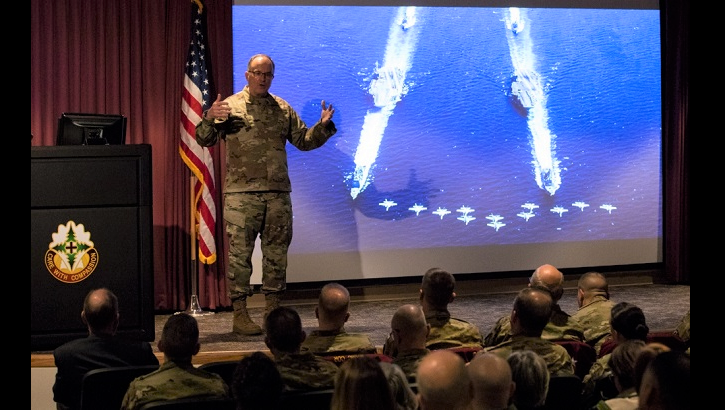
Effective combat power depends on military health’s ability to build a medically ready force
3D Mammogram Facebook Post
Photo
12/17/2019

Share this graphic to spread the word about 3-D Mammography coverage
3D Mammogram Screensaver
Photo
12/17/2019

Share this screensaver to spread the word about 3-D Mammography coverage
MHS GENESIS enabler to more effective military health system
Article
12/17/2019
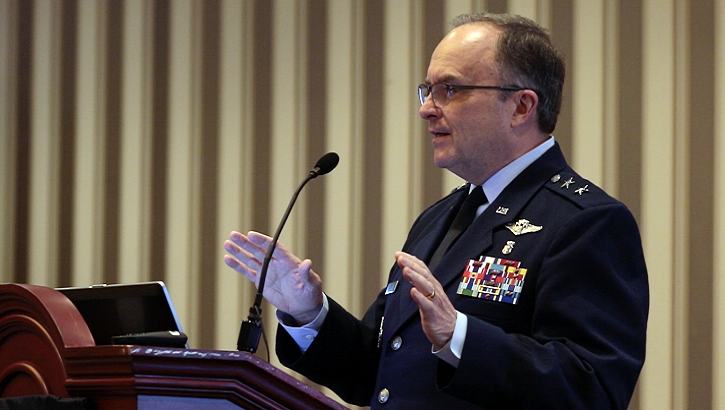
New health record helps advance patient safety, quality care
3D Mammography Infographic 1
Publication
12/16/2019
Share this infographic to spread the word about 3-D Mammography coverage
3D Mammography Infographic 2
Publication
12/16/2019
Share this infographic to spread the word about 3-D Mammography coverage
Talking_Points_3D_Mammography
Publication
12/16/2019
These talking points share information about 3-D mammography
DHA transition discussion hosted at Naval Hospital Bremerton
Article
12/12/2019
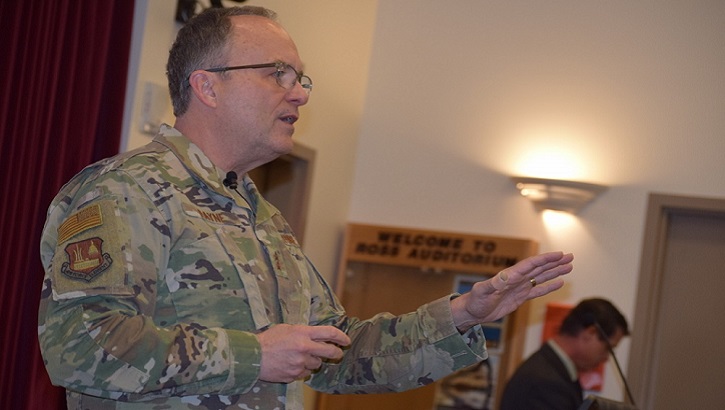
The most important outcome for us is a medically ready force
Changes to military health care system aimed at readiness
Article
12/6/2019
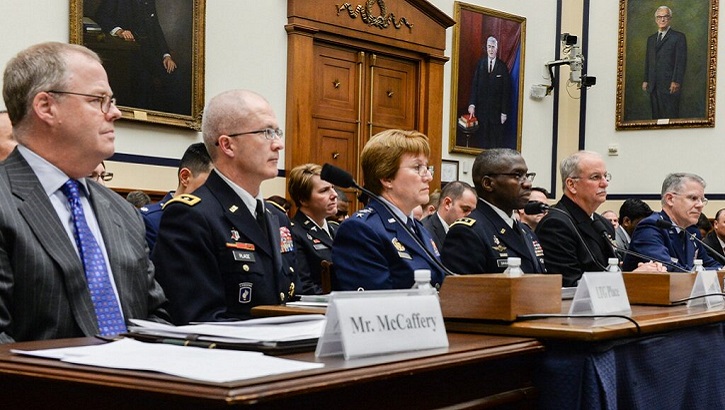
Merger of all hospitals and clinics to DHA a key step
Military hospital transformation – introducing the market construct
Article
12/5/2019
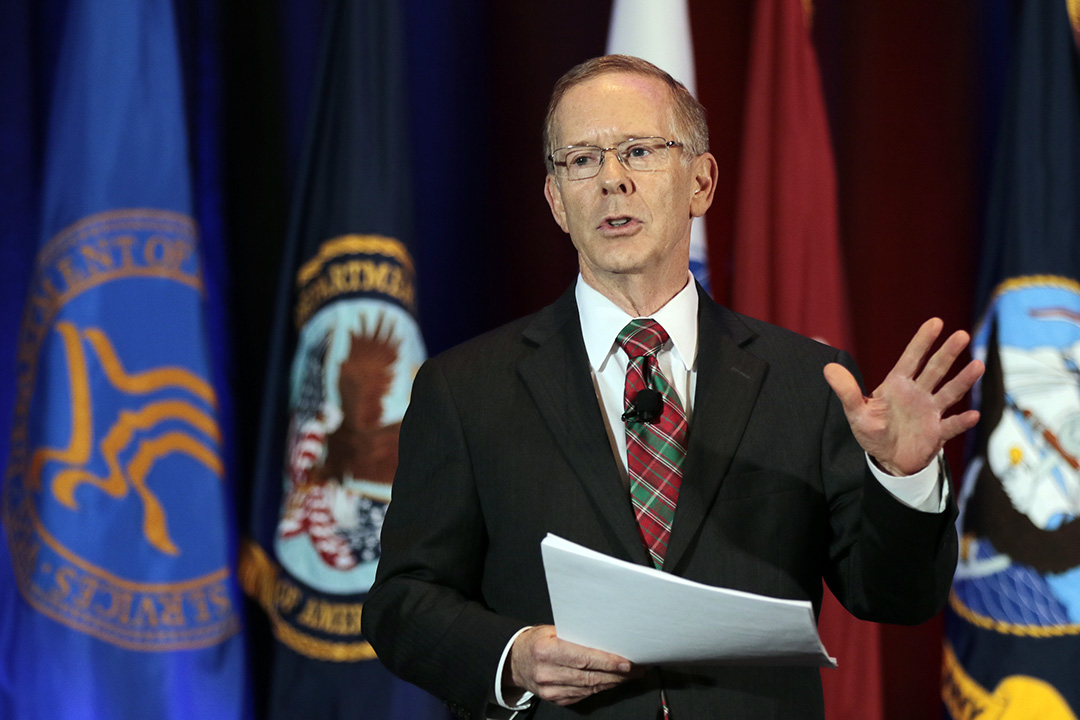
Markets will manage hospital and clinic needs within a geographic region
McCaffery calls for military medical strategic framework for warfighting readiness
Article
12/5/2019

'New reality' includes tight synchronization, expanding partnerships
NMCP hosts ‘The Future of Military Medicine’ discussion panel
Article
12/3/2019
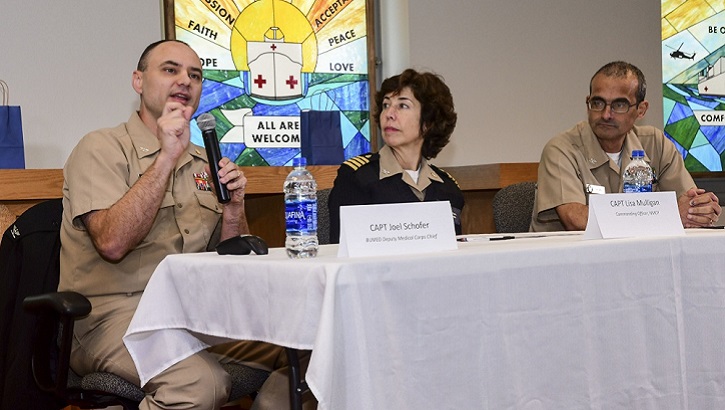
The readiness of the Navy Medicine team is paramount to combat survival in the future
Tri-Service surgeons perform the first surgeries at new hospital
Article
12/3/2019

This event showcased the collaboration amongst the tri-service general surgeons





















.png)









No hay comentarios:
Publicar un comentario